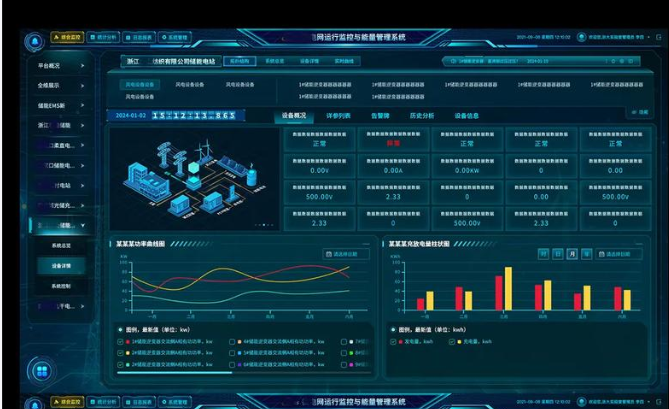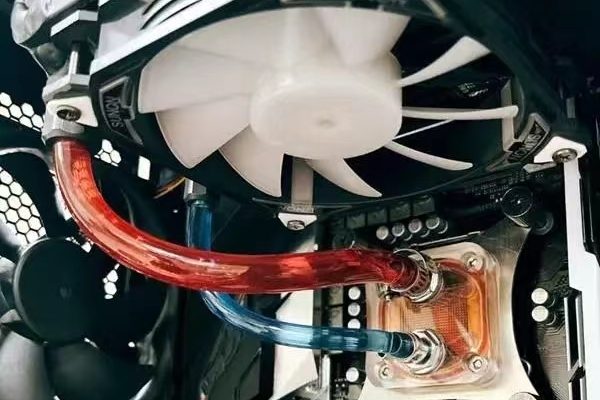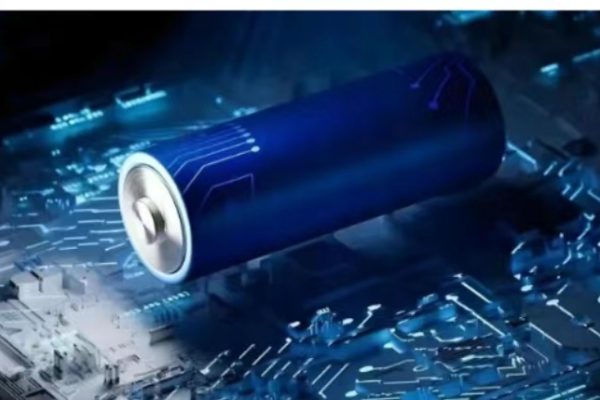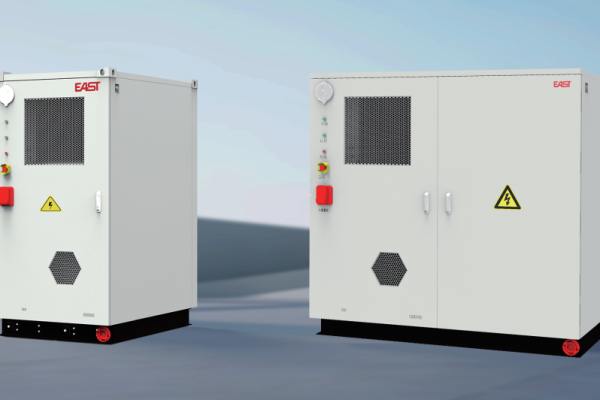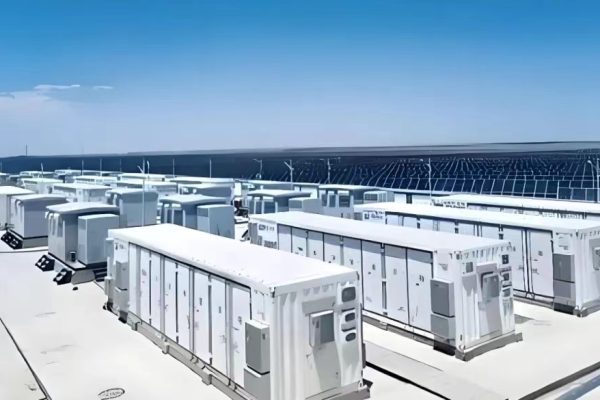🌐 Introduction: Why EMS Selection Matters
As PV+Storage systems become more advanced, the role of the Energy Management System (EMS) is critical. It’s the EMS that orchestrates the interactions between solar PV, energy storage, the inverter, loads, and even the grid. Whether the goal is maximizing solar self-use, reducing demand charges, or participating in grid services, the EMS is the brain of the operation.
Selecting the right EMS can make or break the performance of your hybrid energy system—especially for small and mid-scale commercial, industrial, and residential applications.
This article explores the key functions, evaluation criteria, architectures, and integration challenges to consider when choosing an EMS for your PV+Storage project.
🧠 What Is an Energy Management System (EMS)?
An Energy Management System is a control platform that:
- Monitors energy flows (PV production, load demand, battery SOC, grid exchange)
- Controls charge/discharge schedules for energy storage
- Manages inverter modes and dispatch logic
- Optimizes operation based on user objectives (cost saving, backup, etc.)
- Interfaces with external systems (e.g., building automation, utility control, SCADA)
EMS ≠ BMS (Battery Management System)
EMS = System-level control
BMS = Battery-level safety and cell balancing
🧩 When Do You Need a Dedicated EMS?
Not every system needs a standalone EMS. Some hybrid inverters come with built-in logic for basic tasks like TOU scheduling or zero-export.
| Scenario | EMS Needed? | Why |
|---|---|---|
| Small home with 1 inverter & battery | ❌ Optional | Inverter’s internal logic may be sufficient |
| Multi-inverter site or complex TOU logic | ✅ Yes | Centralized control is needed |
| C&I project with load shifting | ✅ Yes | Advanced optimization + monitoring |
| Microgrid or off-grid system | ✅ Yes | Multi-source energy balancing |
| Utility export control or VPP | ✅ Yes | External signals and dispatch integration |
⚙️ EMS Architecture Types
Depending on the system scale and topology, EMS can be structured in different ways:
1. Inverter-Integrated EMS
- EMS is built into the hybrid inverter
- Limited to one manufacturer’s hardware
- Basic logic: TOU, zero export, backup
✅ Suitable for: Homes, small-scale systems
2. On-Premise EMS Controller
- Separate hardware box (PLC, Raspberry Pi, embedded controller)
- Interfaces via Modbus, CAN, etc.
- Supports 3rd-party battery and inverter combinations
- Local computing, no cloud dependence
✅ Suitable for: C&I projects needing fast real-time response
3. Cloud-Based EMS
- EMS logic runs on remote server
- Requires internet connection
- Central monitoring across multiple sites
- Easy updates, analytics, VPP-ready
✅ Suitable for: Aggregated fleets, VPP, multi-site control
4. Hybrid EMS (Edge + Cloud)
- Combines edge device + cloud platform
- Edge does real-time control
- Cloud handles AI, forecasting, and fleet management
✅ Best for: Advanced C&I systems or grid-interactive operations
🔍 EMS Feature Checklist
Here’s a breakdown of key EMS features to look for based on use case:
| Feature | Residential | Commercial | Microgrid |
|---|---|---|---|
| TOU scheduling | ✅ | ✅ | ✅ |
| Peak shaving control | ❌ | ✅ | ✅ |
| Load forecasting | ❌ | ✅ | ✅ |
| PV forecasting | ❌ | ✅ | ✅ |
| SOC management | ✅ | ✅ | ✅ |
| Blackout detection | ✅ | ✅ | ✅ |
| Grid export limiting | ✅ | ✅ | ✅ |
| Multi-inverter support | ❌ | ✅ | ✅ |
| Battery protocol bridging | ❌ | ✅ | ✅ |
| External DR signals | ❌ | ✅ | ✅ |
| VPP dispatch readiness | ❌ | ✅ | ✅ |
🔌 Communication & Protocol Compatibility
One of the biggest reasons EMS fails in the field is protocol mismatch between inverter, battery, and EMS controller.
Key Protocols:
| Device | Protocol |
|---|---|
| Hybrid inverter | Modbus RTU/TCP, CAN |
| BMS | CANbus, RS485 |
| Smart meter | Modbus RTU, DLMS |
| Grid/Utility | Sunspec, IEEE 2030.5, MQTT |
| EMS ↔ Cloud | MQTT, HTTPS, REST API |
📌 Always check compatibility with inverter manufacturer and BMS.
Example:
If your inverter uses Modbus TCP, and your EMS only supports RS485 or CAN, you’ll need a protocol converter or integration middleware.
🧠 EMS Logic and Optimization Strategies
A good EMS does more than just follow schedules. It dynamically adjusts based on real-time conditions:
1. TOU Arbitrage
- Charge batteries during off-peak
- Discharge during peak tariffs
- Adjust if solar production is high
2. Demand Charge Management
- Track facility load in real-time
- Discharge battery when load crosses kW threshold
- Reset every 15/30 mins to avoid peak charge penalty
3. Zero Export + Curtailment
- Monitor net export at meter
- Curtail inverter output if export limit is reached
- Useful in areas with zero-feed-in rules
4. PV Forecasting Integration
- Use weather API or sensors to forecast solar
- Adjust battery charging early if cloudy weather is expected
- Smooth operation during intermittency
5. Grid-Interactive Control
- Accept remote setpoints from utility or aggregator
- Participate in frequency regulation, voltage control, DR events
🛠️ Example EMS Selection for 50kW PV + 100kWh LFP Battery System
Project: Commercial site with time-of-use tariffs and demand charges
System Setup:
- 2 x 25kW hybrid inverters
- 100kWh LFP battery
- Smart meter with real-time current transformers (CTs)
- Internet connectivity (Ethernet)
Recommended EMS Features:
- Modbus TCP/IP support
- Demand shaving and TOU logic
- Smart SOC management (reserve min 20%)
- Local control box with backup logic
- Optional cloud dashboard
Vendors to Consider:
- Solar-Log
- Victron GX + Venus OS
- Huawei SmartLogger
- Sungrow iSolarCloud + EMS box
- Custom Linux-based EMS on Raspberry Pi (open-source)
💡 Integration Tips
- Start with inverter protocol documentation – understand which EMSs are tested or officially supported.
- Pre-test communication before full deployment – especially if mixing brands.
- Isolate EMS hardware from noisy power circuits – to avoid data corruption.
- Use industrial-grade protocol converters if needed (e.g., Modbus ↔ CAN).
- Enable data logging – for diagnosis, performance reviews, and warranty.
⚠️ Common Mistakes to Avoid
| Mistake | Result |
|---|---|
| No EMS when needed | Poor performance, no coordination |
| Over-reliance on cloud EMS | Failure during internet outage |
| Battery BMS & inverter protocol mismatch | No charge/discharge control |
| No peak load CTs | Can’t trigger demand shaving |
| Incompatible time zones or daylight savings | Broken TOU logic |
| Ignoring update & support capability | Obsolete EMS within 2 years |
🧮 EMS vs BMS vs SCADA: Who Does What?
| System | Role |
|---|---|
| EMS | Controls system-level operation (when to charge/discharge) |
| BMS | Ensures battery safety (voltage, temp, cell balancing) |
| SCADA | Supervises large-scale site operations, often read-only |
EMS is decision-maker, BMS is safety monitor, SCADA is observer.
🤝 Conclusion: EMS as the Key to Energy Intelligence
An EMS is not just a software add-on—it’s the critical decision-making layer of your PV+Storage system. A well-selected EMS ensures that:
- Your batteries are used intelligently
- Your PV generation is fully utilized
- Your site’s electricity costs are minimized
- Your system is ready for grid services or VPPs
At GR-Newenergy, we help integrators and project developers select EMS platforms that match their system scale, communication stack, and business goals.
📩 Need help selecting the right EMS for your ESS project?
Contact us for technical pairing and deployment planning.
→ Contact Us





